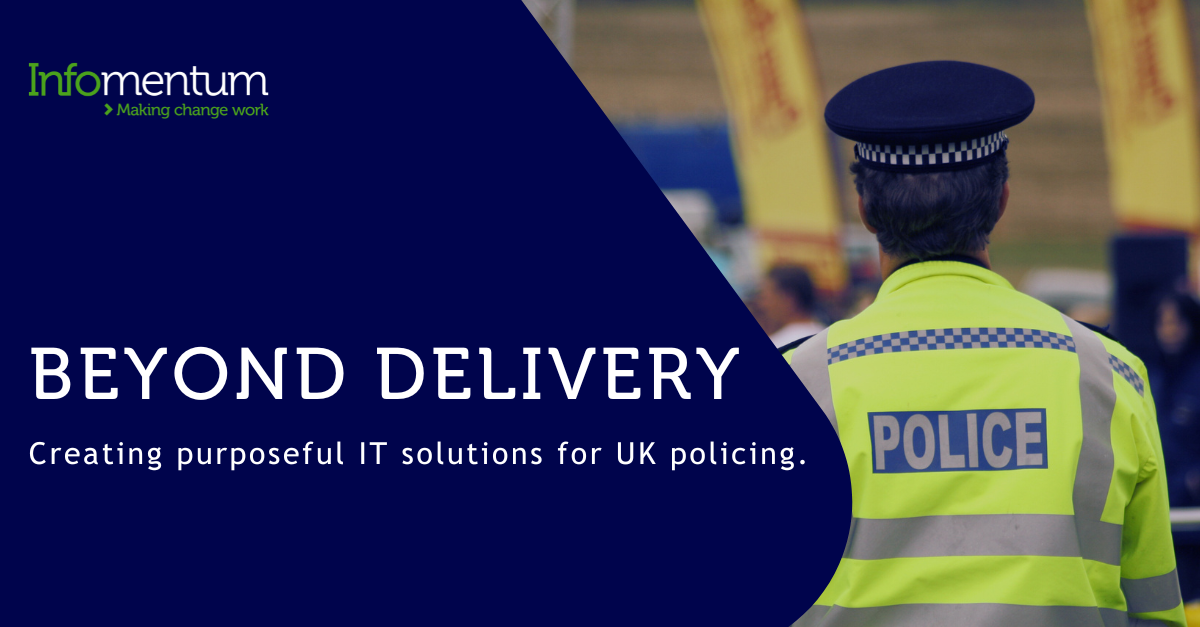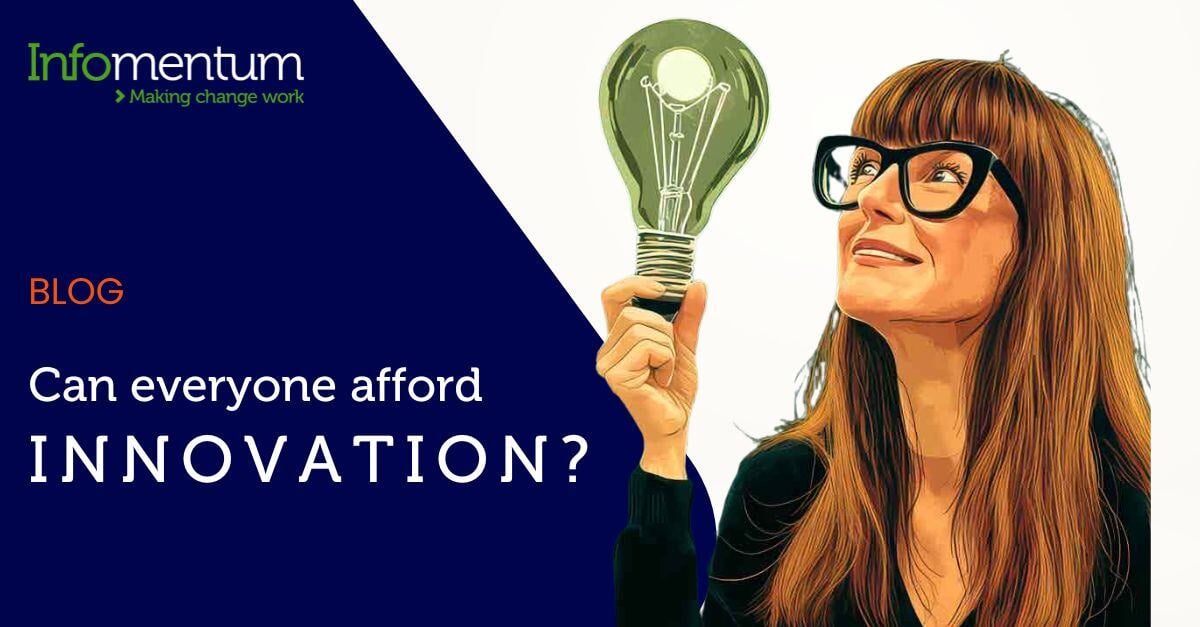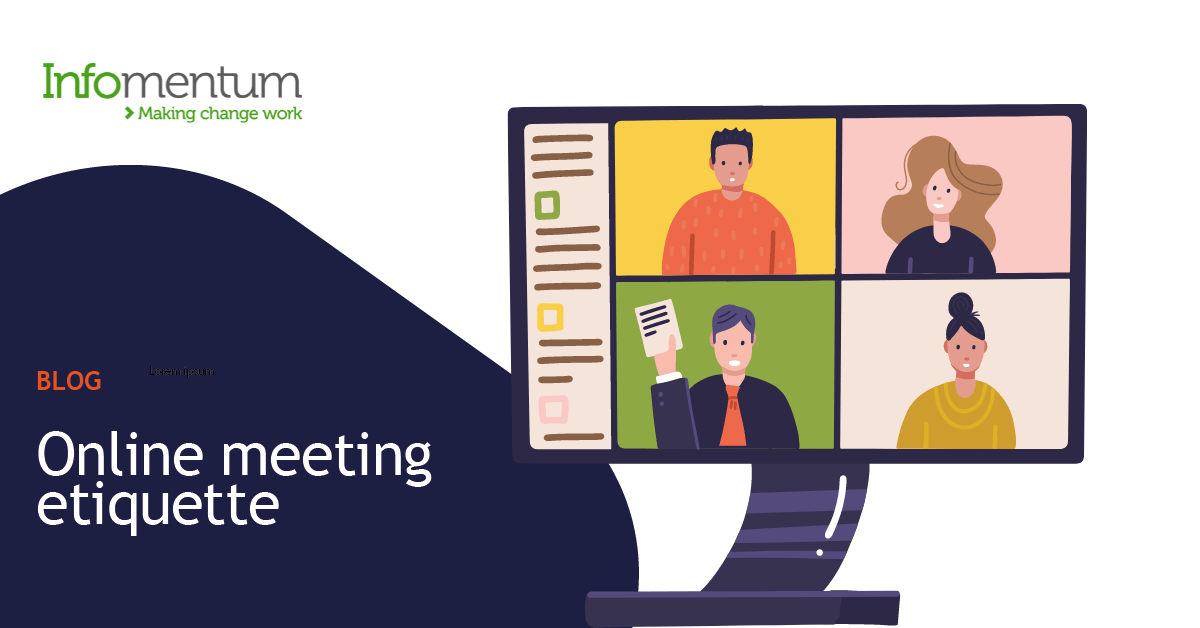How do you keep your retrospectives fresh and the team engaged? It is a challenge many agile teams face. As organisations adjust to running almost every meeting online, the issue of conference call fatigue is making this even more important. To run effective agile retrospectives in any climate you need an efficient delivery approach that will spur your team. Remote or face to face, it is essential to keep the retrospective short, focused and engaging - read on to find out how.
Our approach to retrospectives
To keep my retrospectives working best, a source I always turn to is Agile Retrospectives by Esther Derby and Diana Larsen. It is full of great ideas and exercises, but many of these assume face to face interaction in a workshop. Fortunately, many of these can be easily adapted for online meetings with the support of a good online collaboration tool - we've recently switched to Miro to support our sessions. Miro is a great collaborative platform with online whiteboard that the team has access to.
The most powerful tip from Derby and Larsen is the suggested model structure. It shows that a good retrospective should be based on 5 broad themes:
- Set the stage
- Gather data
- Generate insights
- Decide what to do
- Close the retrospective.
I've always found that sticking to this structure puts your retrospective on the right track and, most importantly, steers the session towards producing practical actions for the team to take into their next sprint. It's crucial to spell out the structure to participants at the outset. When running a session remotely, use the Miro's 'Pin Notes' tool to set the agenda out clearly.

Set the stage looks at the sort of exercises that experienced facilitators use to warm up participants in any workshop. One of my favourites is the Check-in. All participants are asked to articulate one theme they want to cover in the retrospective. The facilitator then writes it on the whiteboard to serve as a visual cue that is available throughout the session. It's a quick, simple, yet effective way to kick-off and frame an Agile retrospective session.

The exercises to gather data, generate insights from that data and then decide what to do with it should be at the heart of the retrospective. These provide real insights that improve the performance of your team.
The Learning Matrix
One of the best formats to handle these exercises is the Learning Matrix. It's easy to set up and for participants to get the hang of quickly. And if you're pushed for time, you can use it to gather data, generate insights and decide what to do without having to shift too much between different exercises. It's possible to run a good quality retrospective in an hour using this technique if you're disciplined about time. A short, focused session like this is far more likely to keep your team engaged.
The 4 quadrants are used to record:
- things that went well (smile)
- things that didn't go so well (frown)
- ideas for the future (lightbulb)
- appreciation of good work by colleagues (a bunch of flowers).
Ordinarily, this exercise is done on a whiteboard or flipchart, but it's easy to recreate this canvas in Miro. Whenever I draw the flowers, most of my colleagues think it's a piece of broccoli – not much appreciation, but there you go.

To Gather Data we ask the team to think of ideas to add to the chart using post-it notes with short descriptive phrases.
We can Generate Insights by a group discussion about the cards and then clustering the cards in each quadrant into broad themes.
The clusters provide the basis for the next exercise in Decide What To Do. The conversation focuses on items the team deem to be important. It should lead to decisions about actions. For the priority issues ask: What are we going to do to change direction? What do we continue doing? What do we stop doing?
To conclude the Decide What To Do phase, you can run a simple voting exercise, giving participants five dots to vote for the issues they think are the most important. If you use an online tool like Miro, save time by preparing a canvas ahead of the session so that participants can easily drag and drop their votes onto the clusters.

The Learning Matrix can also be used in the final phase, Closing the Retrospective, to gather feedback on the retrospective itself: what went well, what didn't go well, appreciations and ideas for the future. It's a simple but effective way of closing the session.
As you can see, in an hour, even remotely, you can run a good, solid retrospective that generates actionable feedback for your team. You can't use the Learning Matrix for every retrospective, or your sessions might become stale. Still, it's a great tool to use if the team is pushed for time. And right now, that applies to most teams as they try to keep their growing number of online meetings short and focused.
What tools or tips do you use to keep the retrospectives from going stale? Please share with us.







